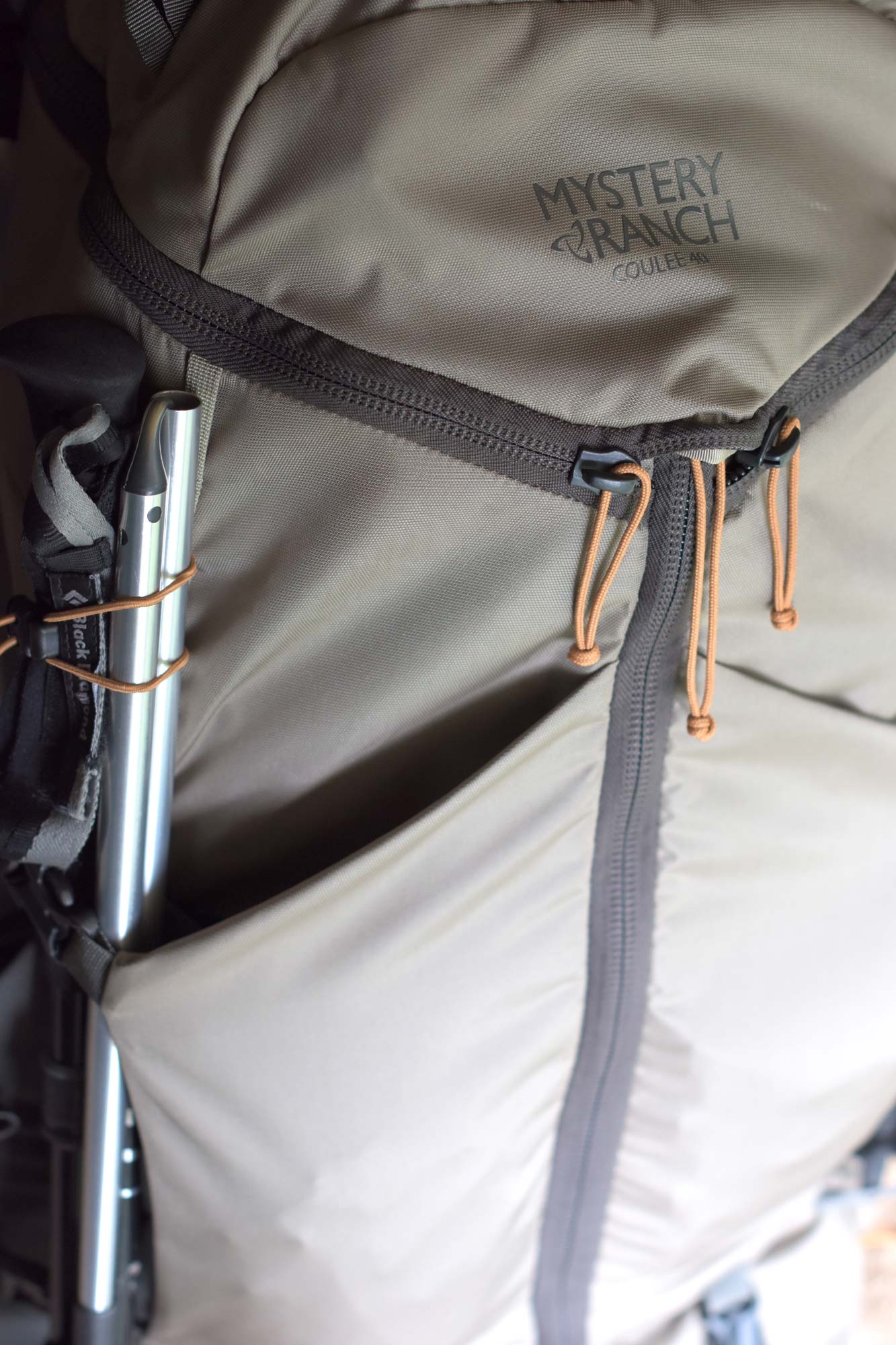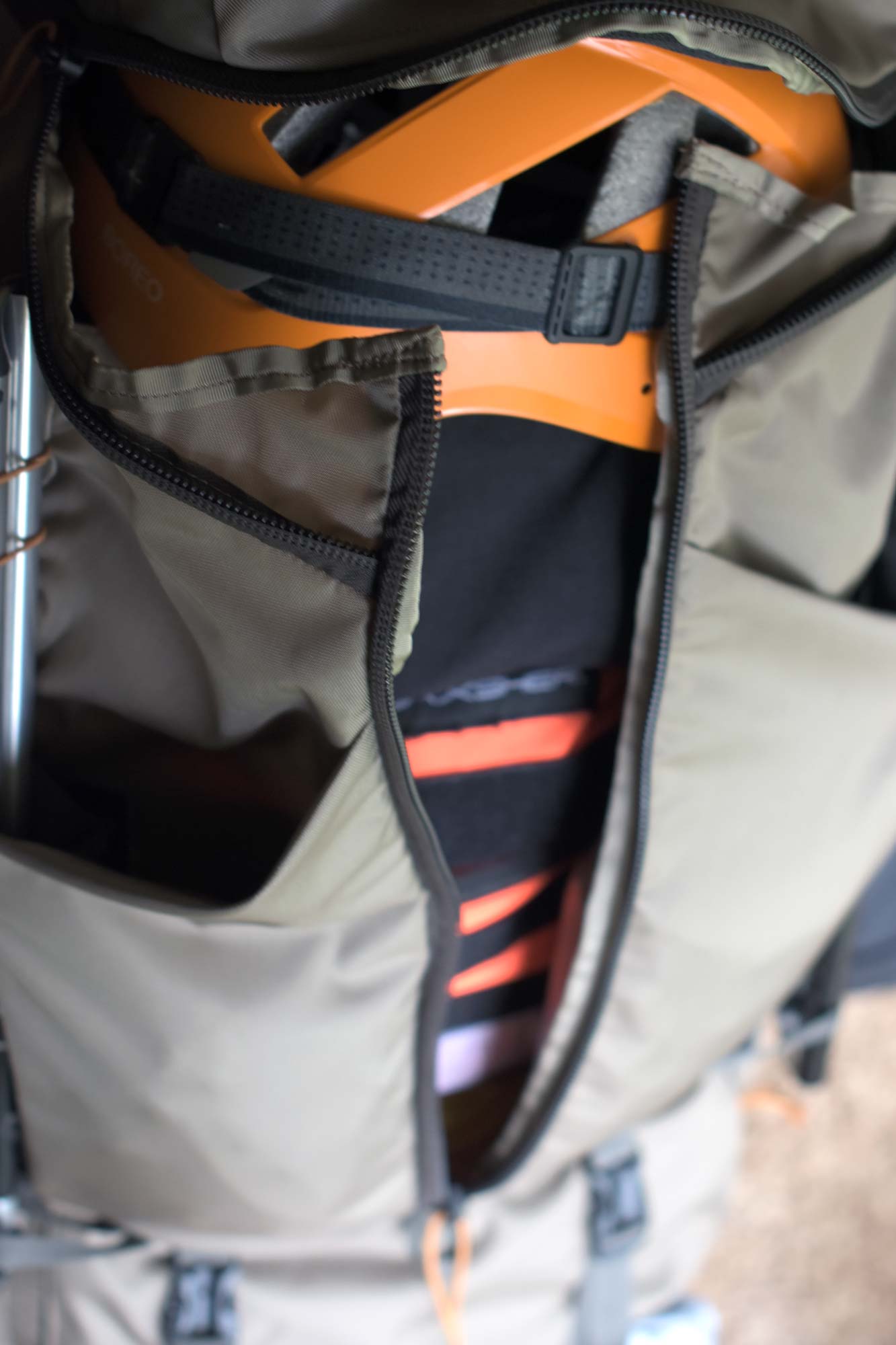A new search and rescue pack
Since I joined search and rescue in late 2021, I’ve been using the same pack: a MountainSmith Scream 55.
At 55L, it is a large pack, intended to accommodate the extensive requirements of our team’s 24-hour pack list from 2021. Since that year, our required equipment list has changed, and while I’ve been largely happy with the pack, its prodigious size and mediocre ergonomics have never been ideal. Particularly on type 2 grid searches, during which members of the team walk in a coordinated line anywhere from 3 to 15 feet apart along a compass bearing, we often have to squeeze between trees, duck under downed logs, crawl over boulders, wade through blackberry thorns, and otherwise negotiate terrain for which a bulky pack isn’t at all ideal.
Additionally, ever since my shoulder surgery in December 2021, I’ve rarely been comfortable after long hours wearing the pack. It certainly isn’t the worst backpack I’ve worn, but it is lacking in shoulder strap padding and pressure dispersion that would improve shoulder comfort.
So I bought a new pack.

The new pack
 I wasn’t desperate to buy a new pack, but if I was going to, I wanted to get a durable pack made with quality materials. I also wanted it to be smaller and less bulky, with wide, padded shoulder straps to disperse pressure. Those requirements led me to the Mystery Ranch Coulee 40.
I wasn’t desperate to buy a new pack, but if I was going to, I wanted to get a durable pack made with quality materials. I also wanted it to be smaller and less bulky, with wide, padded shoulder straps to disperse pressure. Those requirements led me to the Mystery Ranch Coulee 40.
I had already purchased (second hand) the Mystery Ranch Coulee 25, which is a smaller version of the Coulee 40 that I use on “hasty” SAR missions.1 I’ve been really happy with that pack overall (I only wish the mesh water bottle pockets were deeper), so I decided to upgrade my 24-hour pack to the Coulee.

Mystery Ranch is legendary for two distinct design features: the 3-Zip and the adjustable “yoke”.
3-Zip
The 3-Zip design is crucial, providing as it does access to the entire contents of the bag without having to remove items one-by-one from the top. That is a convenient feature in any context, but it is a really big deal for search and rescue. We don’t always know which gear we’ll need when we arrive at a given subject, but we will almost certainly need whatever it is right now.

My previous pack had a similar feature, with U-zip access to the contents of the bag. That worked well, and opened even more widely than this 3-Zip design, but it took longer to track the zipper around the entire front face of the bag. With the 3-Zip, you can literally rip the top open and pull the middle zipper, and you have access to the entire contents of the bag in seconds.
Adjustable yoke

The adjustable yoke is essentially the Mystery Ranch harness system, and it is excellent. Often one has either to try on multiple backpacks before finding the right fit, or cross one’s fingers that the pack purchased online is going to fit. Not so with Mystery Ranch. They have four sizes of the pack based on measurements, but the packs also have an adjustable yoke, which dials in the fit so perfectly, it feels like the pack was tailored. It took me awhile to get the fit right, but once I did, the bag feels tighter, more secure, and far more comfortable than any pack I’ve owned, especially when filled with over 30 lbs. of gear.
Two pack system
When I load up for a given mission, I always take my 24-hour pack, which is now this Coulee 40. I also bring along the Coulee 25, which is filled with extra clothing and food. Given the mission requirements, I can take two pack modules out of the 40L bag and put them in the 25L bag for a hasty mission, carrying far less weight. If we know that we’re not going to need to, for example, build a fire, my fire kit can stay behind with my 40L bag. On the other hand, if we don’t know exactly where a subject is located, or the conditions are such that we might be on an extended search and/or rescue (especially in inclement weather), I’ll want access to all my 24-hour kit.
These two Mystery Ranch bags really are the best of both worlds.
-
Hasty missions are those in which we know the location of a subject and need to get to them quickly with the least amount of gear, or missions in which we remain close to base and consequently don’t need to carry gear for a possible overnight stay in the backcountry. ↩